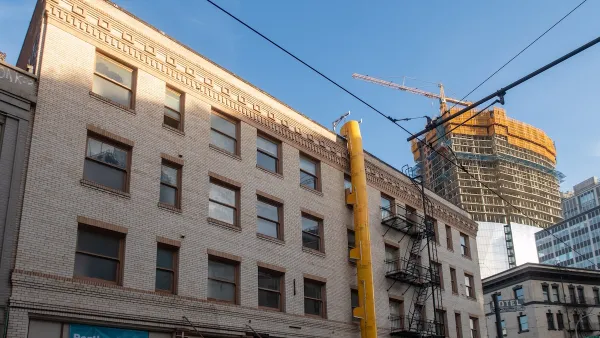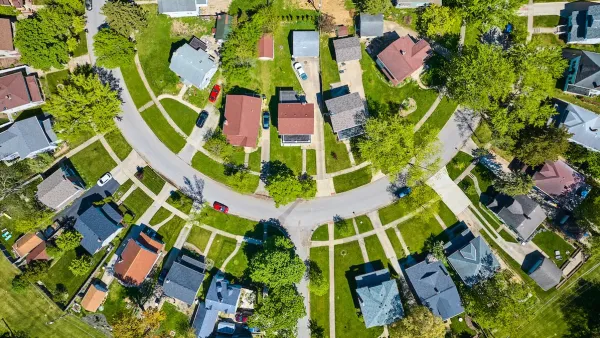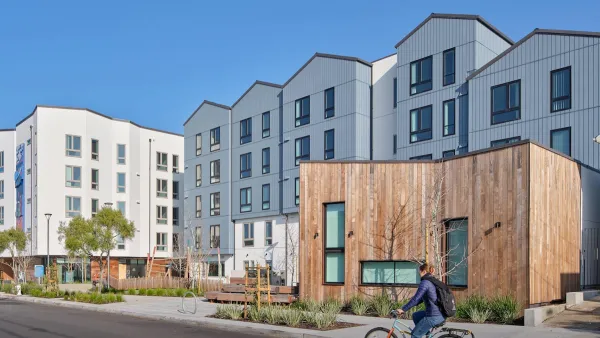The geography of talent is changing. Richard Florida takes a closer look at where the creative class is moving as a result of the housing affordability crisis in many of the largest and most famous cities in the country.

Richard Florida maps the "rise of the rest" that is taking shape in cities outside of superstar cities all over the country, the "result of both increasingly unaffordable housing in established hubs and the improvement of the economies in less-established hubs."
According Florida's analysis of the term he made famous, the "creative class" is spreading around the country. The article illustrates the trend with a series of maps and infographics. Florida worked with Todd Gabe, an economist at the University of Maine, to track the growth of the creative class overall and across U.S. metros from 2005 to 2017, using data from the U.S. Census American Community Survey (ACS).
In the years that passed from that period, the creative class grew substantially in leading cities, and the rankings of cities with the largest share also changed substantially. In 2017, San Jose has the largest share of creative class, followed by D.C. and San Francisco, explains Florida.
Between 2005 and 2017, Denver and Philadelphia joined the top ten, but a lot of other stories of growth can be told. "A number of Rustbelt and Sunbelt metros which have previously lagged now show robust growth," according to Florida. "Salt Lake City posted the fastest growth, with Pittsburgh and Cincinnati next in line. Las Vegas, which had the smallest creative class share of large metros in 2005, also saw significant growth."
The article also lists the cities where growth of the creative class was slowest over that period.
FULL STORY: Maps Reveal Where the Creative Class Is Growing

Planetizen Federal Action Tracker
A weekly monitor of how Trump’s orders and actions are impacting planners and planning in America.

Maui's Vacation Rental Debate Turns Ugly
Verbal attacks, misinformation campaigns and fistfights plague a high-stakes debate to convert thousands of vacation rentals into long-term housing.

Restaurant Patios Were a Pandemic Win — Why Were They so Hard to Keep?
Social distancing requirements and changes in travel patterns prompted cities to pilot new uses for street and sidewalk space. Then it got complicated.

In California Battle of Housing vs. Environment, Housing Just Won
A new state law significantly limits the power of CEQA, an environmental review law that served as a powerful tool for blocking new development.

Boulder Eliminates Parking Minimums Citywide
Officials estimate the cost of building a single underground parking space at up to $100,000.

Orange County, Florida Adopts Largest US “Sprawl Repair” Code
The ‘Orange Code’ seeks to rectify decades of sprawl-inducing, car-oriented development.
Urban Design for Planners 1: Software Tools
This six-course series explores essential urban design concepts using open source software and equips planners with the tools they need to participate fully in the urban design process.
Planning for Universal Design
Learn the tools for implementing Universal Design in planning regulations.
Heyer Gruel & Associates PA
JM Goldson LLC
Custer County Colorado
City of Camden Redevelopment Agency
City of Astoria
Transportation Research & Education Center (TREC) at Portland State University
Jefferson Parish Government
Camden Redevelopment Agency
City of Claremont





























